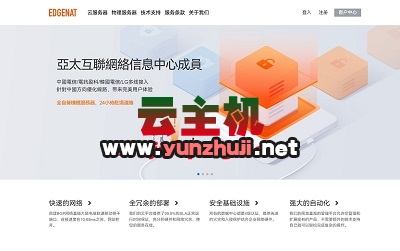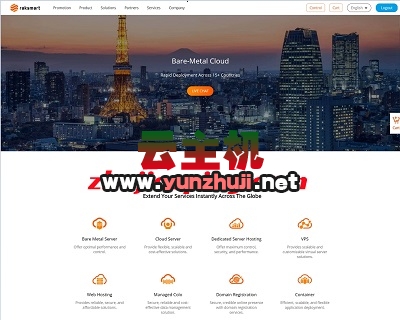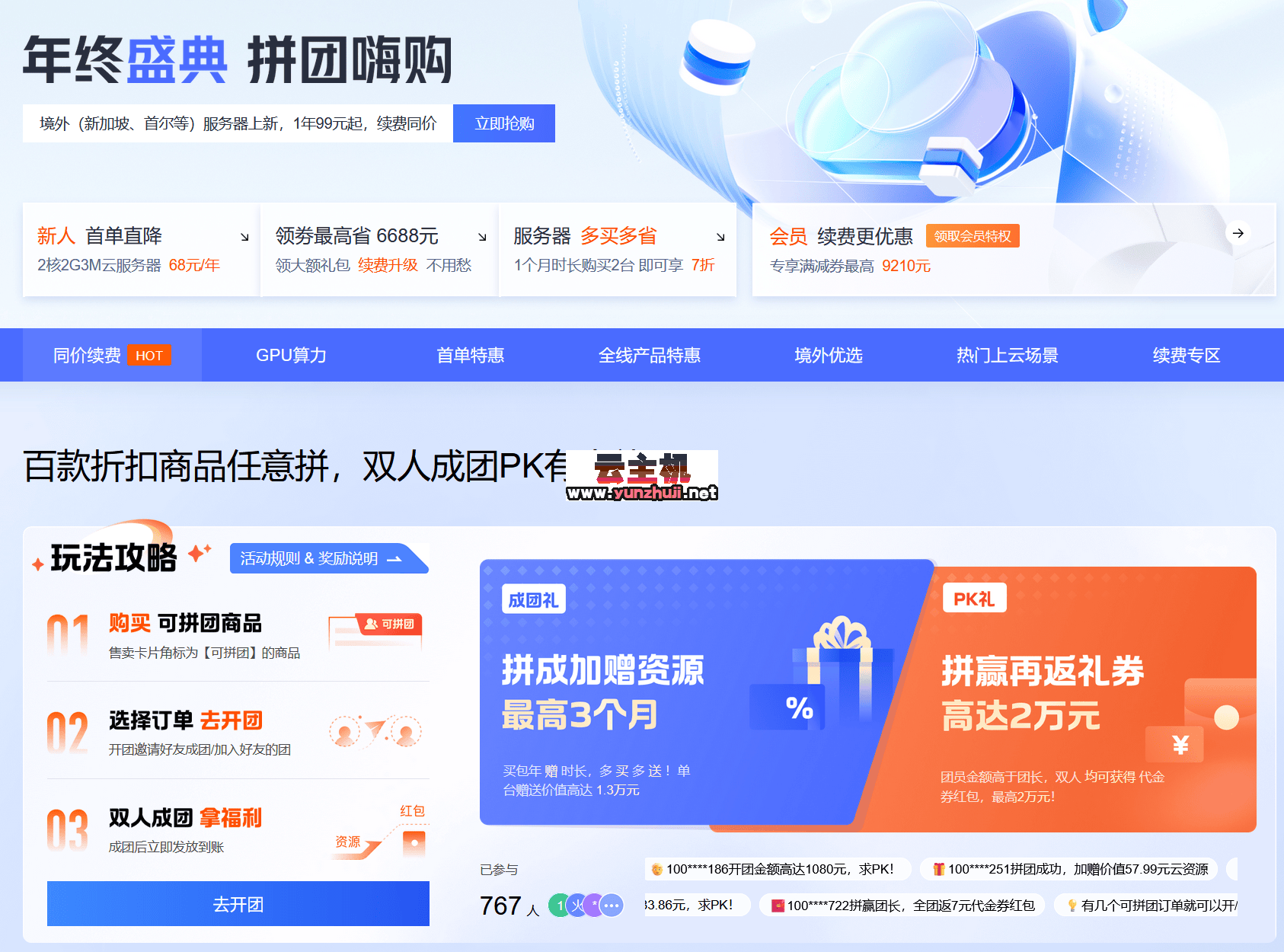MyEclipse, Maven, and Tomcat Integration Guide
(图片来源网络,侵删)Integrating development tools is a crucial step for Java developers. This guide focuses on configuring MyEclipse with Maven and Tomcat to streamline the Java web application development process. By combining these tools, developers can benefit from MyEclipse’s powerful IDE features, Maven’s robust project management and build automation capabilities, and Tomcat’s widelyused Servlet container for deploying web applications.
Environment Setup
The setup process begins with installing the necessary software and configuring the environment variables. According to various sources, developers should start with installing the MyEclipse IDE, JDK version 1.7, Maven, and Tomcat.
Installation Steps:
1、MyEclipse: Install the latest stable version of MyEclipse. The Spring version offers additional plugins that are beneficial but not mandatory.
2、Java Development Kit (JDK): Download and install JDK 1.7. This will be the Java environment used for compiling and running Java applications.
3、Maven: Obtain Maven 3.3.3 and set it up on your system by configuring environment variables.
(图片来源网络,侵删)4、Tomcat Server: Install Apache Tomcat, preferably version 8, which is a mature and widely used web server for Java applications.
Configuring MyEclipse for Maven
After setting up the basic software, it’s essential to configure MyEclipse to recognize and work with Maven and Tomcat.
MyEclipse Configuration:
1、Maven Configuration in MyEclipse: Navigate to Window > Preferences > Maven and add the installation path of your Maven directory. This step ensures that MyEclipse can execute Maven commands directly from the IDE.
2、Tomcat Configuration: Similarly, within MyEclipse, go to Windows > Preferences > Tomcat to specify the location of the Tomcat installation directory. This allows for quick deployment and testing of web applications on the local server.
Creating a Maven Project in MyEclipse
(图片来源网络,侵删)With the environment ready, developers can now create and manage Maven projects directly within MyEclipse.
Creating a Project:
1、New Maven Project: Within MyEclipse, use the "New > Other… > Maven Project" wizard to create a new Maven project. This will generate the basic structure for your project, including thepom.xml file where all dependencies and build configurations are managed.
2、Adding Web Nature: To develop a web application, rightclick on the project and select "Add Project Nature > Web Project". This enables webspecific features like web.xml editing and deployment to a servlet container.
Deploying to Tomcat
Deployment is a critical phase in web application development, and MyEclipse simplifies this process when integrated with Tomcat.
Deployment Steps:
1、Deployment Configuration: In MyEclipse, go to Window > Show View > Servers. Rightclick on the Tomcat server and choose "New > Server Connector". Point this connector to your project’spom.xml file.
2、Running on Tomcat: Once configured, rightclick on the Tomcat server and select "Run As > MyEclipse Server Application". This launches Tomcat with your application deployed, allowing you to test the application locally.
Troubleshooting and Best Practices
Throughout the integration process, developers may face various issues, from environment variable misconfigurations to incompatibilities between different versions of tools. It’s important to follow best practices and troubleshoot effectively.
Troubleshooting Tips:
Version Compatibility: Ensure all software versions are compatible. For example, using an outdated version of Maven with a recent version of MyEclipse could cause issues. Check official documentation for compatibility matrices.
Log Files: Always check log files generated by MyEclipse, Maven, and Tomcat during operations. These logs provide valuable information about any errors or exceptions encountered.
FAQs
Q1: How do I update my project’s dependencies using Maven in MyEclipse?
A1: Rightclick on your project in MyEclipse, then select "Maven" > "Update Project…". This will refresh your project’s dependencies as defined in thepom.xml file.
Q2: Can I use a different version of Tomcat with MyEclipse?
A2: Yes, MyEclipse supports different versions of Tomcat. However, it’s recommended to use a version (like Tomcat 8) that is wellsupported and widely adopted to minimize compatibility issues. You can specify the Tomcat version in the Servers view by editing the server’s settings.
In conclusion, integrating MyEclipse, Maven, and Tomcat streamlines Java web application development by combining the strengths of each tool. Through careful setup and configuration, developers can enjoy a seamless workflow that enhances productivity and project management capabilities.

 云主机测评网
云主机测评网


















最新评论
本站CDN与莫名CDN同款、亚太CDN、速度还不错,值得推荐。
感谢推荐我们公司产品、有什么活动会第一时间公布!
我在用这类站群服务器、还可以. 用很多年了。